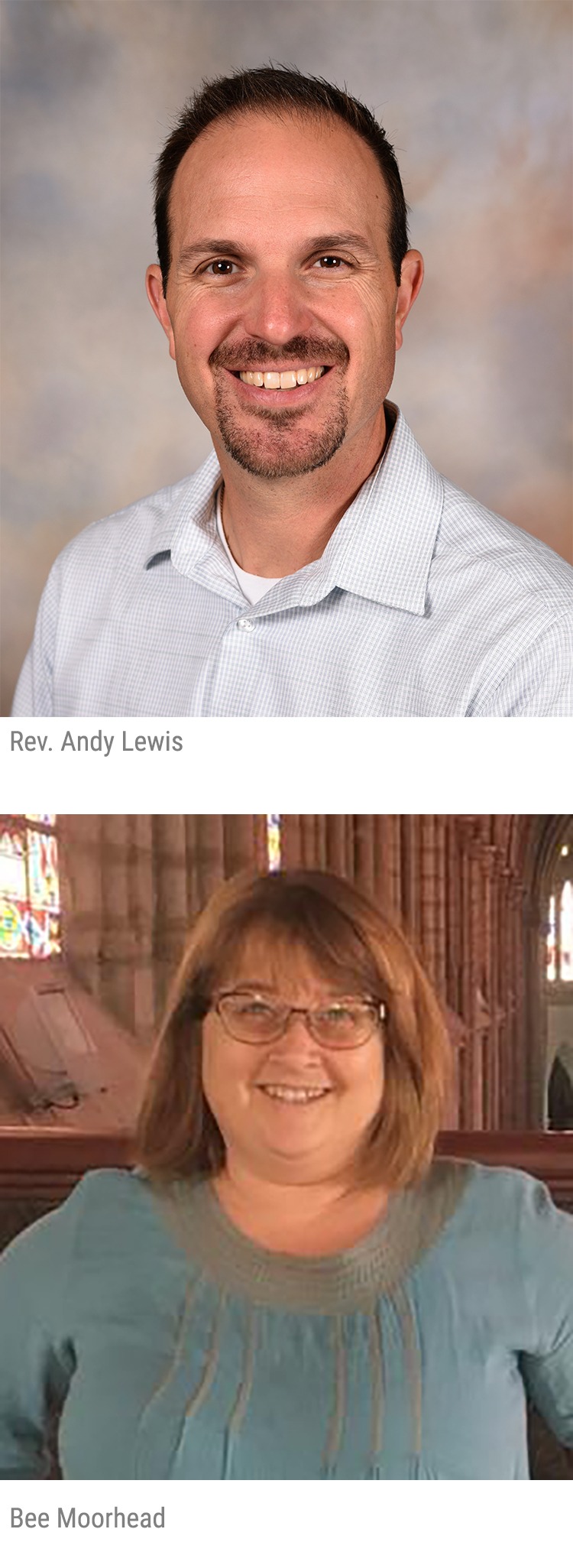Bringing Awareness to Courts and Ports
Op-ed in The Dallas Morning News amplifies good work of Texas Impact program
The solutions to difficult problems lie not in walls, but in windows. More Americans need to see for themselves what’s really happening at the border.
 We have made several trips to the border since this issue took over the headlines, and we have seen gut-wrenching things.
We have made several trips to the border since this issue took over the headlines, and we have seen gut-wrenching things.
On one trip, typical of others, we sat in the Brownsville courthouse and watched as 55 migrants, wrists and ankles bound with metal cuffs, were arraigned, tried, convicted and sentenced to deportation in the span of two hours. Almost no one spoke English; the migrants had less than five minutes each to meet with public defenders; and no one had a real chance to state their cases or explain what they were doing there. It bore no resemblance to the justice system Americans think they know.
On our trips, we cross the bridge into Mexico to meet migrants waiting to begin the process of making their cases for asylum. It was eye-opening to learn that often only one or two people are let across and processed each day. Equally eye-opening is the sincerity and hope of the asylum seekers in the face of incredible vulnerability.
The statistics — and the global scale of this problem — are nearly as jarring. Every five seconds, somewhere in the world, someone is forced to leave home for fear of persecution, war or violence. Most move from one poor country to another. Of the small percentage attempting to come to America, nearly all try to enter legally. And during the past two decades, the apprehension of illegal immigrants in the Southwest has greatly declined. Most undocumented immigrants came to the U.S. legally but stay beyond the expiration of their visas.
It’s fair to wonder: if more Americans witnessed the problem and understood the reality of this issue, would our country, these dozens of border communities, and so many scores of people be forced to navigate what is at present an impossible situation?
A common understanding is crucial to addressing the border crisis, and it’s hard to get that through cable news. More Texans need to visit the border and report back, to their communities and country, about what they see. By getting immigration training, spending time with people seeking asylum, and really talking with law enforcement officers, citizens develop the perspective — and empathy — that are crucial for solving a wicked problem like this.
One window is the Courts and Ports initiative, created by Texas Interfaith Center for Public Policy in partnership with the American Civil Liberties Union of Texas. We bring teams of clergy and lay leaders to the Rio Grande Valley to observe court proceedings and border enforcement activities; cross into Mexico to visit migrants waiting to seek asylum in the U.S.; and volunteer at one of the humanitarian ministries in the Valley. We also hear from experts who provide context for the current crisis.
Our participants come from faith traditions that have congregations on the border. Those congregations include border patrol agents and other law enforcement officials, as well as people who disagree strongly with the way our government is addressing this crisis. Both sets of people have important perspectives to share, but it’s tough, in an increasingly polarized nation, for people with different views to find common solutions.
Texans deserve better than politics-as-usual and fear-soaked rhetoric. It’s unacceptable simply to consign people to opposing teams and pretend there’s an easy answer — be it a law or a wall — to a problem that’s become so difficult.
The country is looking to Texas for answers. We can find them, if we look in the right place.
The Rev. Andy Lewis is director of missional outreach at the North Texas Annual Conference of the United Methodist Church. Bee Moorhead is executive director of Texas Impact/Texas Interfaith Center for Public Policy. They wrote this column for The Dallas Morning News.
Published: Thursday, February 14, 2019
